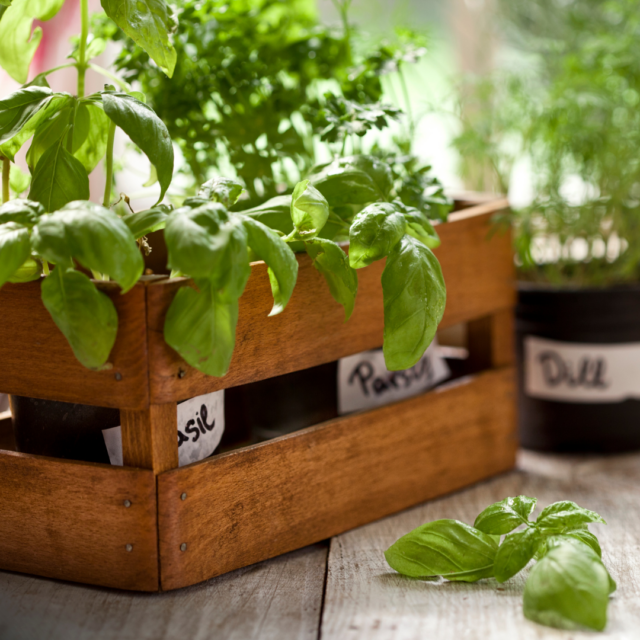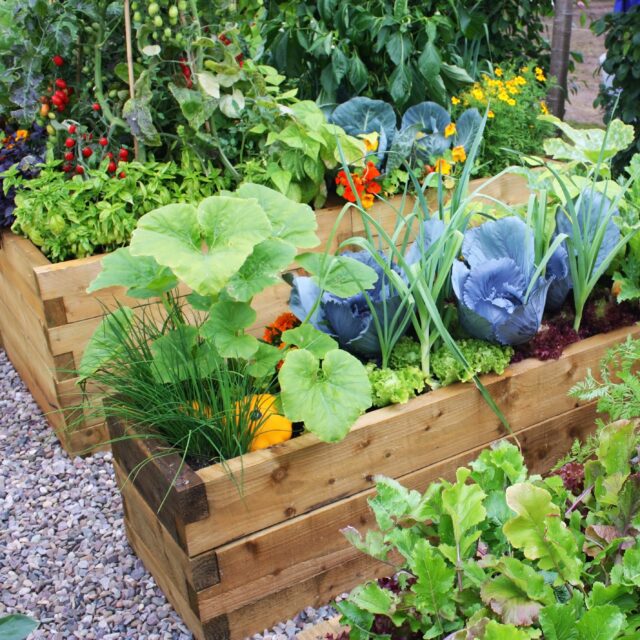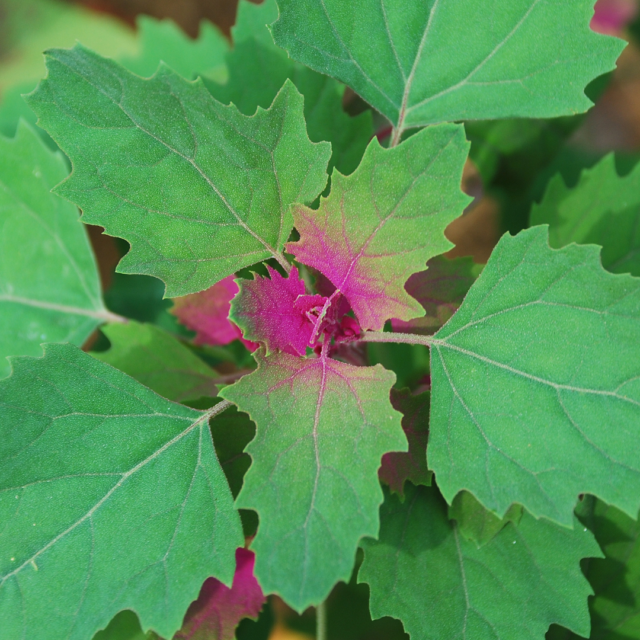It may seem simple, but without a little help, learning how to dig your first veg patch can seem a little daunting. Here we cover the basics so that you can be popping your Propagation Place plug plants into the ground in the blink of an eye!
What tools do I need?
Ideally you will have a garden fork with a long handle, a sharp spade and a rake, however you can make do with just a spade or fork.
The spade
The difference between a spade and a shovel is that a spade has a straight-ish cutting edge that is easy to push into the ground and it is used primarily for digging. A shovel is usually wider, often has curved sides and designed for moving soil that has already been dug out of the ground. You may struggle to dig the ground with a shovel!
The fork
A fork is very useful for breaking up lumps of soil so that it becomes more ‘crumbly’ in texture, and for digging out stubborn weeds.
The rake
A rake is super handy for removing weeds and stones from the surface of your freshly dug veg patch, as well as helping to break the soil into even smaller pieces!
Choose your patch
You may only have one place to dig your veg patch, and even in less than ideal conditions there is usually something you can grow if choice is limited. If you have a bigger space and you can choose where to dig, then you should consider somewhere that gets as much sunlight as possible throughout the day. You will also want to choose somewhere that is relatively ‘free draining’ so that you don’t end up drowning your veggies in a muddy puddle!
How big?
You’ll need to choose how large to dig your first veg patch based on the space available, and by what plants you want to grow. Different plants like different amounts of space, so you’ll need to take this into consideration. You can find the space requirements for each of our varieties by scrolling down the product page and selecting the ‘How to Grow’ tab.
Our Garden in a Box requires 10m2 for the regular size and 20m2 for the large version!
Mark it out
Before you start to dig, use some string and four sticks or tent pegs to mark out where the veg patch is going to go. You don’t want to make it too wide that you have to walk on your soil, so make sure you can reach the middle from both sides. If you’re placing it against a wall or fence, make sure it is narrow enough that you can reach the back without walking on the soil.
Clear the ground
Before digging, you will want to remove any debris and as many weeds as possible. Ideally you will start to prepare your patch at the beginning of winter so you can cover the ground with thick black plastic sheet for a minimum of three months, killing any weeds.
If you want to get growing sooner, then you can clear the ground by hand first. You will want to pull out any big perennial weeds such as docks and brambles, as well as cutting the grass very short and pulling up any other plants that may be an issue. You can try and pull everything out and completely clear the patch but this will take a while. When you have pulled up as much as you can, give it a good rake to remove any other debris.
Get digging!
We like to use a method called ‘double digging’ which makes a much deeper bed of crumbly soil and allows the roots of your veggies to grow deeper with more ease. Here are the simple steps to follow
- Start by digging a trench roughly the width and depth of your spade along the longer edge of your marked out bed. Keep this soil to one side on a tarp or in a wheelbarrow.
- Next, use a fork to dig the soil in the bottom of the trench so it becomes loose and crumbly, removing any rocks and stray plant roots as you go. Some people like to add a little compost or fertiliser and mix it into the soil at this point.
- Start the next trench alongside the first, flipping the soil top-side down (grassy side to the bottom – this helps prevent regrowth of grass and weeds) and filling in the first trench. Carefully loosen and break up the soil in the first trench and pull out any visible clumps of grass, rocks and any plant roots that you see. Make sure the soil does not fall over into the second trench.
- Loosen the soil in the bottom of the second trench, just like you did with the first, and continue in the same fashion with each new trench until you get to the end.
- When you get to the last trench, loosen the soil in the bottom and fill the trench in with the soil that you saved from the first, making sure to place it top-side down and remove any roots, rocks and weeds.
- Rake the top to remove any stray weeds or plant material and to smooth the surface of your new bed.
Once you have finished digging, you can go around the edge with a sharp spade and neaten the edges. Some people like to create a little trench around the perimeter to reduce the ingress of weeds; simply dig the loose soil gently away from the sides of the bed and distribute it towards the centre.
There you have it, your first veg patch! Let us know how you get on or if you have any top tips in the comments.







